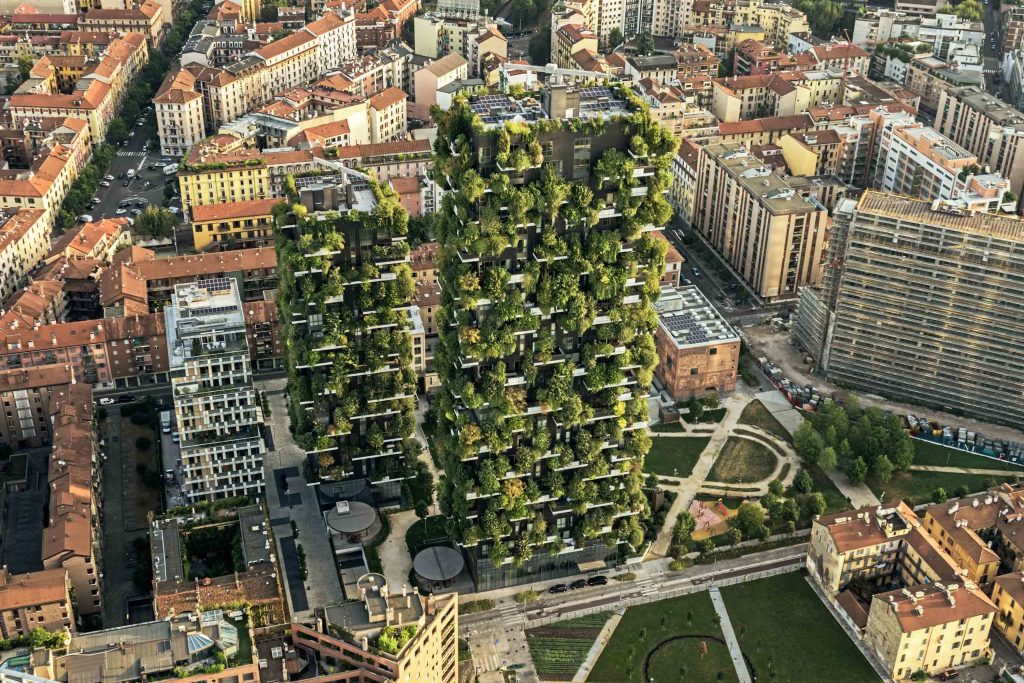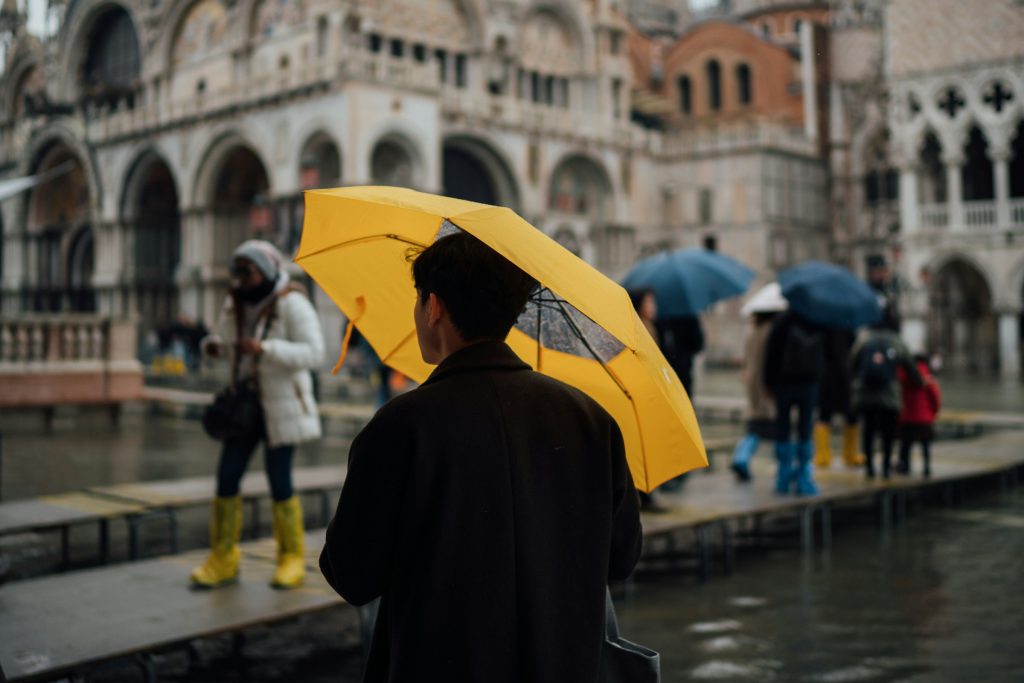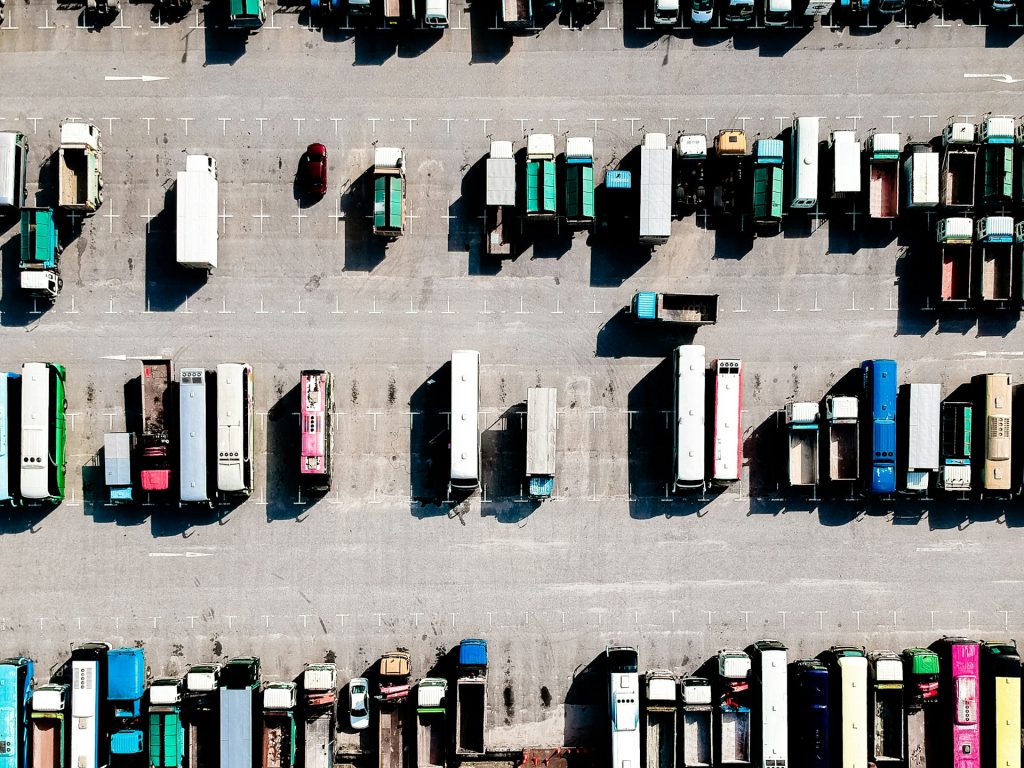
Beyond material and design: Bridging urban climate adaptation to Europe
Urban environment and infrastructure design are among the intersections of local, national, and European adaptation policies. Evidence of these interactions is part of the New European Bauhaus, where architecture and creativity meet climate science and sustainable development goals.
We explore insights from the European Environment Agency (EEA) report ‘Urban Adaptation in Europe’, which analyses solutions to climate challenges.











